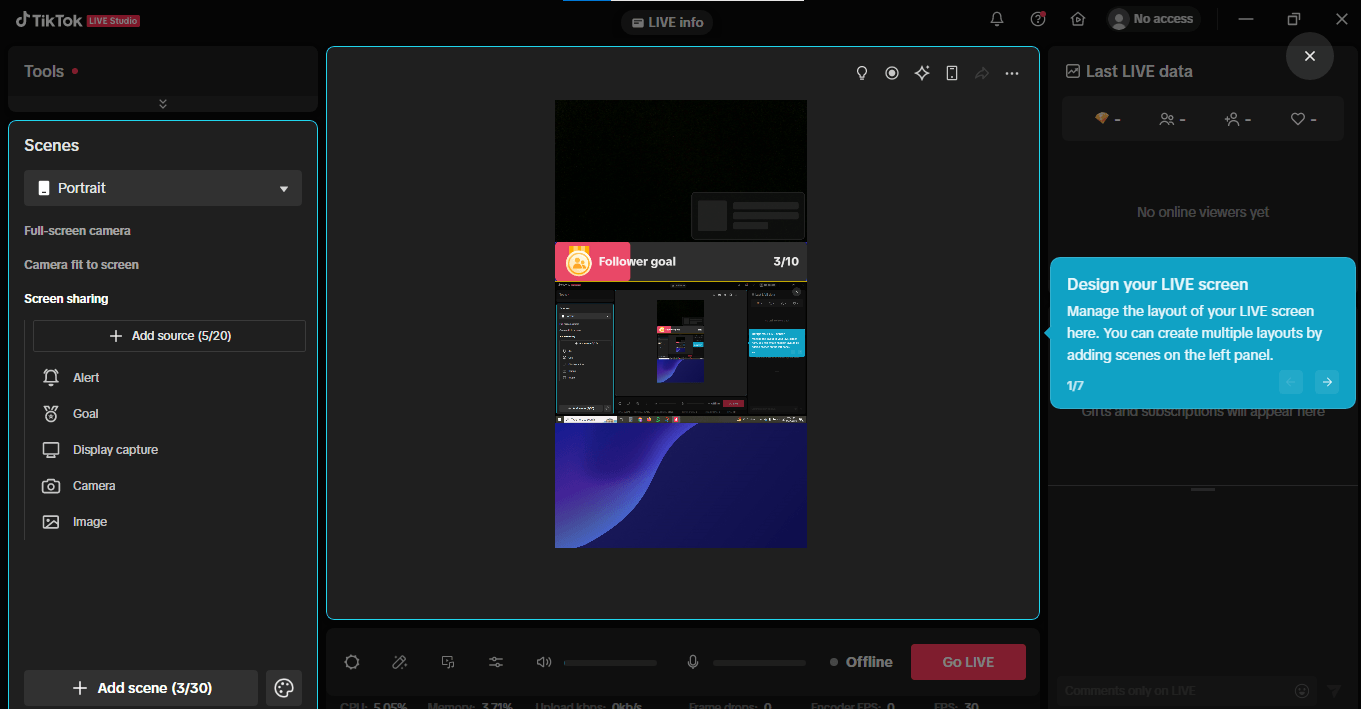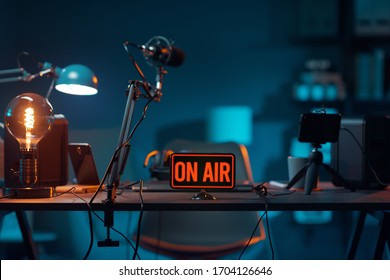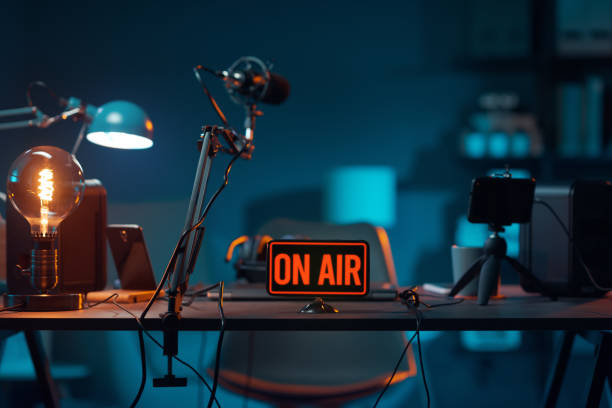Dominate the Live Streaming Market with Instant Brand Recognition
The live streaming industry has experienced explosive growth, with platforms generating billions in revenue annually. Live.studio positions your brand as a serious player in this competitive landscape, offering immediate credibility and memorability that generic domains simply cannot match.
Industry Authority and Trust
Content creators, influencers, and businesses seeking live streaming solutions will instantly recognize live.studio as a professional platform. This domain name suggests expertise in live broadcasting, studio production, and digital content creation - key factors that drive user confidence and engagement in the streaming ecosystem.
Perfect for Multiple Revenue Streams
Whether you're building a live streaming platform, offering studio rental services, providing streaming software solutions, or creating educational content about live broadcasting, live.studio adapts to various business models while maintaining its premium appeal and search engine optimization potential.



